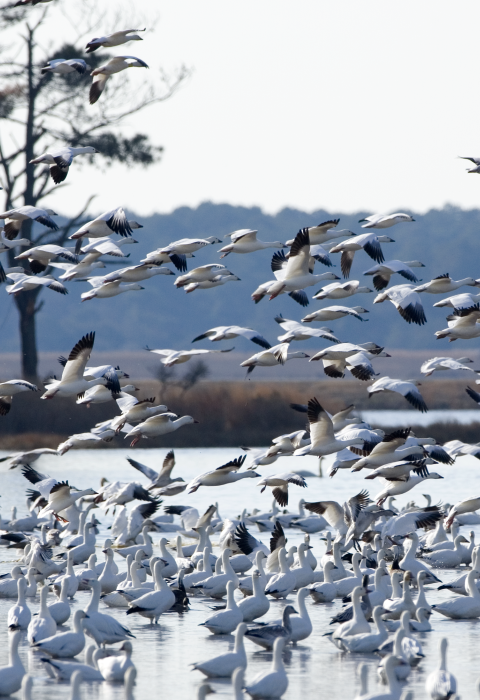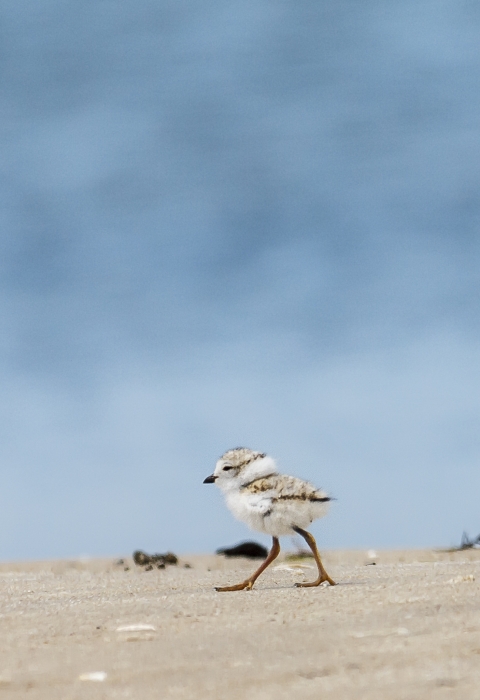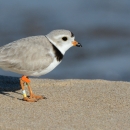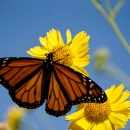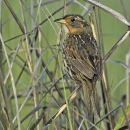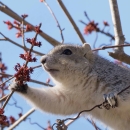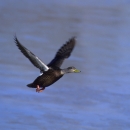Visit Us
With 15 miles of hiking and a pristine beach, there are plenty of opportunities to seek out wildlife and connect with the area's rich cultural history.
Location and Contact Information
About Us
Located on the Indigenous homelands of the Pocomoke and Occohannock people, Chincoteague National Wildlife Refuge protects beach, dune, marsh, and maritime forest habitats. Originally established in 1943 to protect migratory birds, this refuge is now one of the most visited in the United States. This gem of Eastern Virginia is a birder's paradise, as well as the home of cultural treasures such as Assateague Lighthouse and the world famous Chincoteague ponies.
What We Do
With a focus on providing high quality habitat for migratory birds, our refuge features 14 moist soil management units that serve as a rest and refueling location for waterfowl, shorebirds and other coastal birds during their long journeys. In the summer, our biology team works to protect the habitat and nesting sites of the threatened piping plover, as well as other beach nesting birds such as the American oystercatcher and least tern. In our forests, we were a proud contributor to the recovery of the once endangered Delmarva Peninsula fox squirrel population. Setting aside certain habitat areas to reduce disturbance by people helps us preserve the natural heritage that many American have come to love and treasure.
Our Species
We have a diversity of habitats, ranging from the beach and dunes to the vast salt marshes to the west of the islands. It's no surprise then that our wildlife is equally varied and bountiful, from the Delmarva Peninsula fox squirrel, an animal recently removed from the endangered species list, to our vast array of migratory and nesting birds such as the threatened piping plover. This refuge is truly a wildlife enthusiast's paradise.
